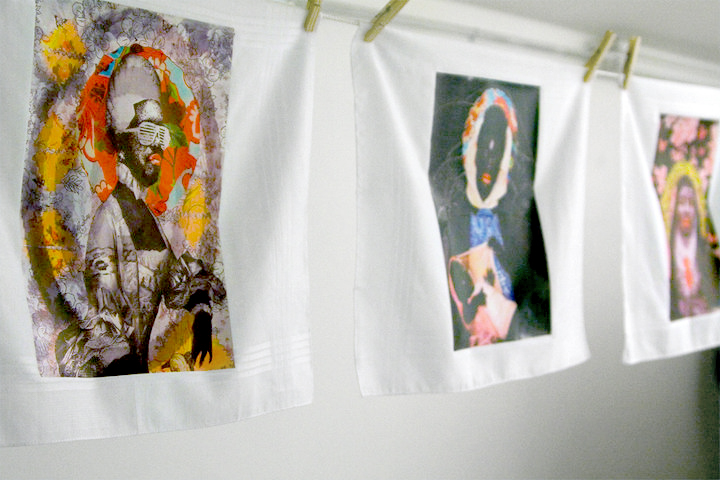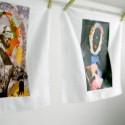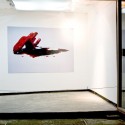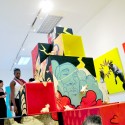10\08\2011
Written by Narayana
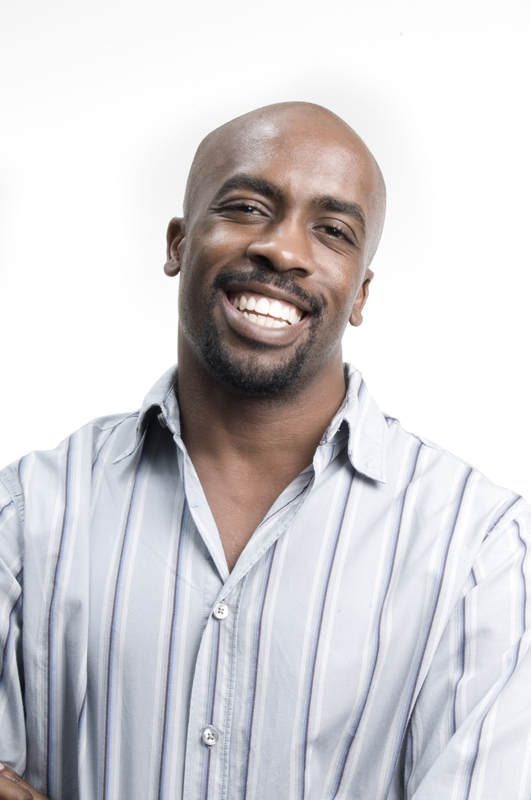
A GLANCE AT O’NEIL LAWRENCE: MAN ABOUT KINGSTON
O’Neil Lawrence is the man-about-town when it comes to curating in Kingston, Jamaica. An honors graduate of both the University of the West Indies and Edna Manley College, Lawrence established his career as Assistant Curator at the National Gallery of Jamaica as part of the team that last year curated three major exhibitions: Edward Lucie-Smith: 40 Photographs, Young Talent V, and Bogle: A Contest of Icons. Independently, he teamed up with Christopher Cozier curating Shot in Kingston: The Digital Scene at Alice Yard in the Port of Spain.
Aside from Lawrence ‘s cool, sharp and personable approach, his interest in conveying what it means to make art in contemporary Jamaica—taking into account the social mores that have resulted from the country’s affiliation with Africa through its history of slavery—has earned him the title of Jamaica’s most promising emerging curator.
written by Claire Breukel
Claire Breukel: What does it mean to make art in Jamaica today ?
OL: Despite being in a country with a relatively well developed—albeit
underexposed art scene—the life of a Jamaican artist is difficult as many art buyers buy for investment purposes. There are of course artists who, despite prevailing social and financial limitations, produce socially challenging artwork— unsellable, yet truly exciting. A trend with many contemporary artists is collaboration, as is the case with Ebony G. Patterson and Marlon James who share resources to help each other accomplish their artistic visions. I would say that this survival strategy is one of the trademarks of Jamaican art production.
CB: Previously, we discussed that aspects of Jamaican social culture may contribute to an environment that is insular, inhibiting the global growth of the visual arts. How do you, as a curator, negotiate this?
OL: For an artist it is important to stay true to ones artistic vision and not allow the audience to moderate this vision. As a curator I need to be reflexive in my practice and I am constantly thinking about audience reaction to my curatorial vision—whilst still wanting to provide a challenge. In this respect I am more of a facilitator; the true star is the artist and their work and it is my responsibility to help them communicate with, and to achieve the best possible connection with, our shared audience. That being said I don’t believe in censorship so the process is sometimes nerve wracking. Reflecting on the nature of the Jamaican audience, it is a mistake to underestimate their ability to move beyond their comfort zones.
CB: Your upcoming project is an exchange between artists from Tobago and Jamaica. How do you view inter-Caribbean artistic exchange?
OL: Co-curating Shot in Kingston: The Digital Scene was my first experience working with an audience outside of Jamaica. The striking similarities, as well as the differences between, the artistic communities of Kingston and Port of Spain inspired my new project. This exhibition felt very like the beginning of an interesting conversation, and my upcoming project is an ambitious attempt to have that discourse continue …and hopefully lead to active artistic interactions between the two communities. I believe these types of exchanges are a necessary component to the growth of Caribbean artists as well as the regions art scene.
CB: How do you negotiate the tension between global exposure and preserving Jamaican cultural and artistic identity in your curatorial practice?
OL: For many Jamaican artists their development came with exposure to a variety of influences, both local and foreign. I don’t believe that global exposure necessarily undermines the integrity of the artistic practice of Jamaican artists, what can happen is that artists may no longer address issues that the Jamaican public can relate to. Therefore as a curator it becomes necessary to contextualize the work in a way that the audience understands the foreign elements for what they are. The Jamaican audience is globally aware but I try to make sure that some degree of extended understanding is achieved whether of the familiar or the alien.
Claire Breukel is a Contemporary art curator and writer based in New York and Miami. She is interested in artwork that falls out of conventional modes of exhibition.

